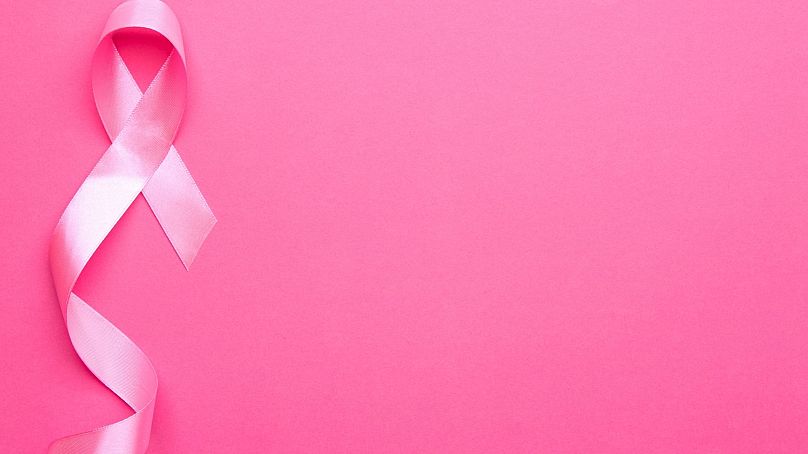The question of whether aluminium found in antiperspirant deodorants could lead to breast cancer has been widely debated for several decades.
The decades-old debate over whether antiperspirant deodorants can lead to breast cancer has been reignited in the scientific community with the publication of two new studies.
The focus has been on the role of aluminium, often used in antiperspirant deodorant to reduce sweat, which can act like oestrogen on certain breast receptors.
While some studies in the past have said there is no link between aluminium used in deodorants and breast cancer, two new publications have confirmed the toxic effects of aluminium salts present in deodorants and their carcinogenic potential on breast cells.
The studies were carried out by a group of researchers from the Fondation des Grangettes and the Centre d'Onco-Hématologie in collaboration with the University of Oxford and led by the Swiss scientists André-Pascal Sappino and Stefano Mandriota.
What did the studies show?
The researchers did a series of tests on hamster cells and demonstrated that mammalian cells, including those in the mammary gland (located in women’s breasts), when exposed in vitro to aluminium salts “rapidly incorporated this metal”.
The studies showed that within 24 hours of exposure, genomic instability appeared in these cells as an altercation in the structure and number of chromosomes.
The studies said this is known to occur during malignant transformation caused by proven carcinogens and therefore “confirms the carcinogenic potential” of aluminium on breast cells.
World’s ‘most prevalent cancer’
As of the end of 2020, there are 7.8 million women living with a breast cancer diagnosis made within the last five years, making it the world’s most prevalent cancer, according to the World Health Organization (WHO).
Breast cancer is not a transmissible or infectious disease and the reasons it develops are not fully understood.
The WHO says approximately half of breast cancer cases develop in women who have no identifiable breast cancer risk factor other than gender (female) and age (over 40 years).
Certain factors increase the risk of breast cancer, including increasing age, obesity, harmful use of alcohol, family history of breast cancer, history of radiation exposure, tobacco use and postmenopausal hormone therapy.
The new studies say that the observations, for the first time, identify an environmental chemical that may account for the increase in the incidence of breast cancer.
The studies also point out the incrimination of aluminium salts in breast carcinogenesis is reminiscent of the history of asbestos and that aluminium salts are not just used in antiperspirant deodorants but other cosmetic products such as sunscreen too.












